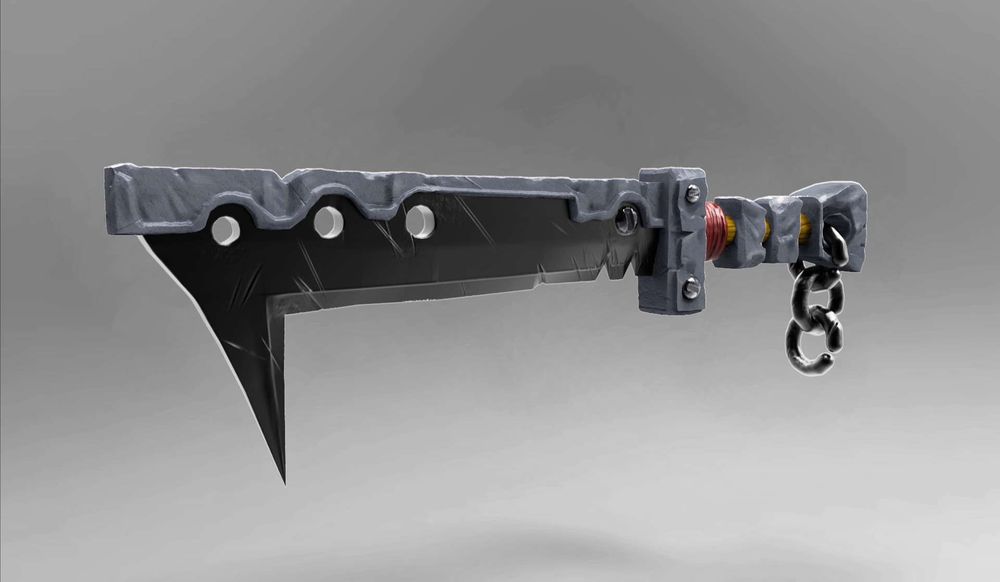
This collection of prop designs was my result from a course at CDW Studios. Before the course, I was a total newbie when it comes to prop design. Yet I got better and discovered some useful tips in the process so I would love to share them.
Reference Collecting
If you don't know what to do, look for references and start sketching. You can either copy them to study the shape or throw in any crazy idea in this stage. You never know whether they work or not until you actually try.
Thanks to the internet era, it is easy to access a larger course of references from Google or Pinterest as long as you search for the right keyword.
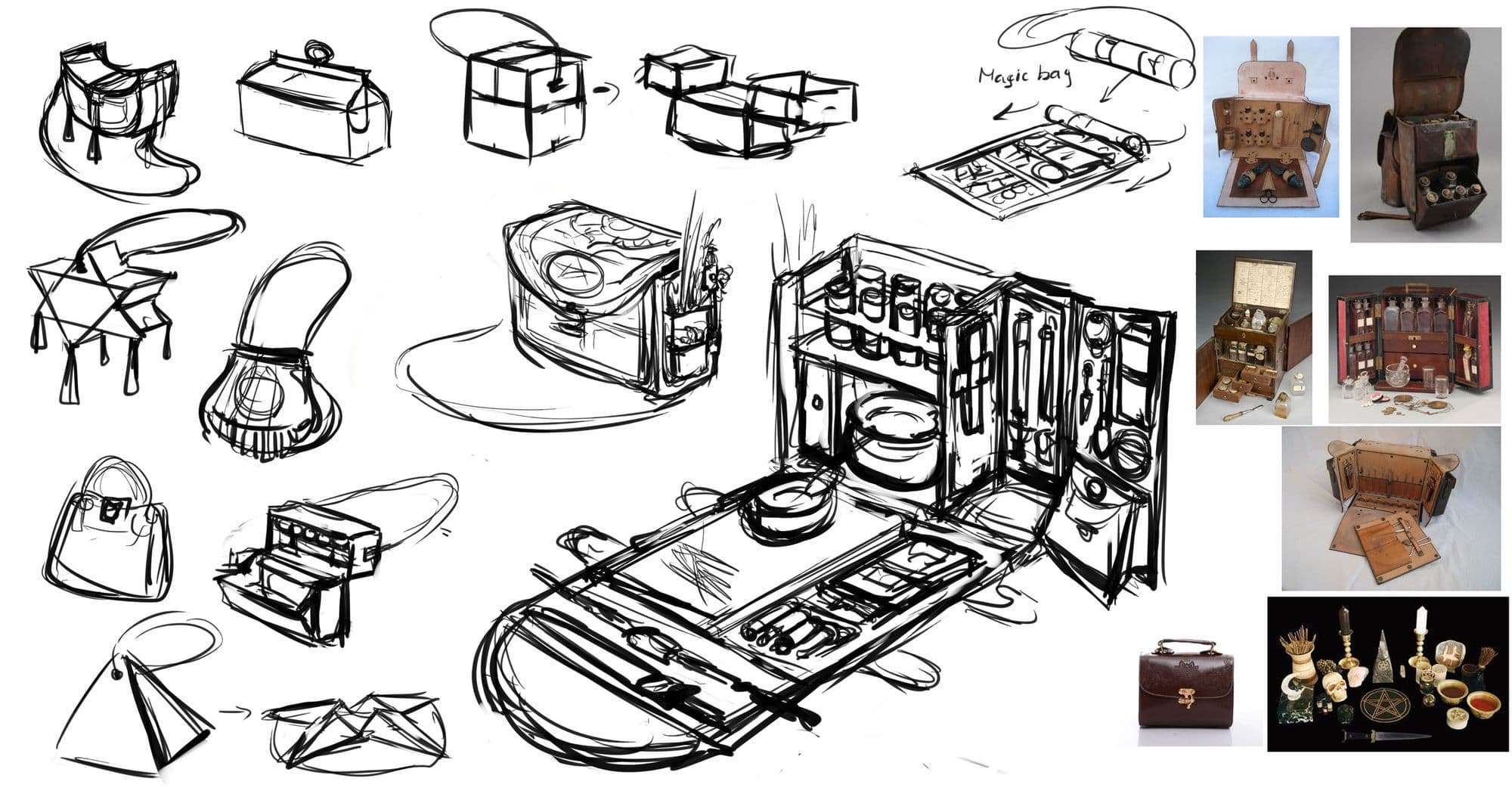
Also, in this process, try to explore as many directions as you can, from the shape to size and proportions of the elements in your design. In the mountain dioramas below, you can see that I tried to push to 3 different directions: straight and vertical, pointy and bristle, round and twist. To make your design look even more appealing, you can try to stretch the elements to an abnormal size.
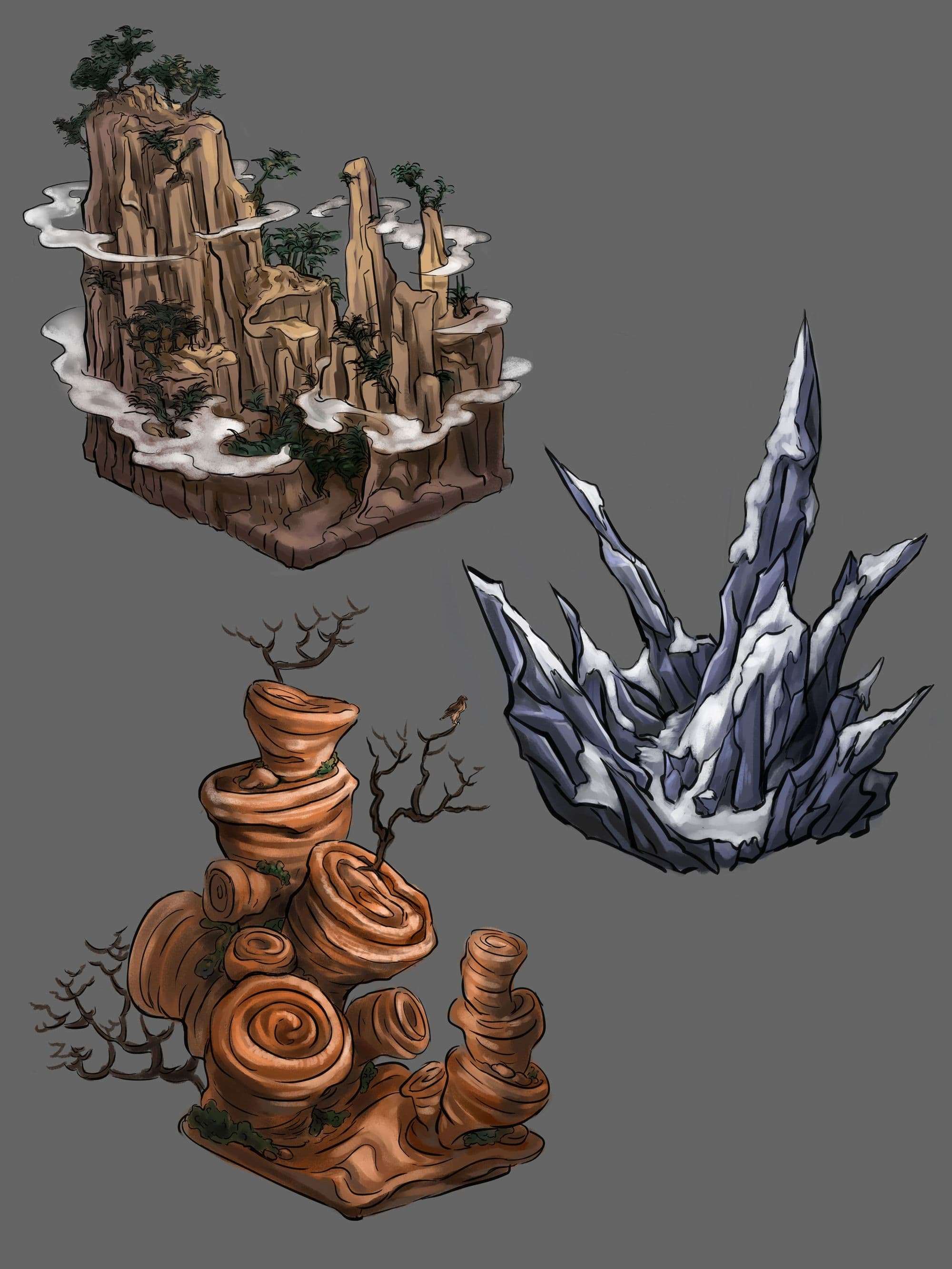
Explore the brief
For example, the brief I had for this plant design focuses on revolution. That was why I look in to something with dramatic transformation processes like caterpillar or popcorn. They are not plants, but they have an intense changing form and it matches the brief. Sometimes, thinking outside the box can bring you an interesting idea.
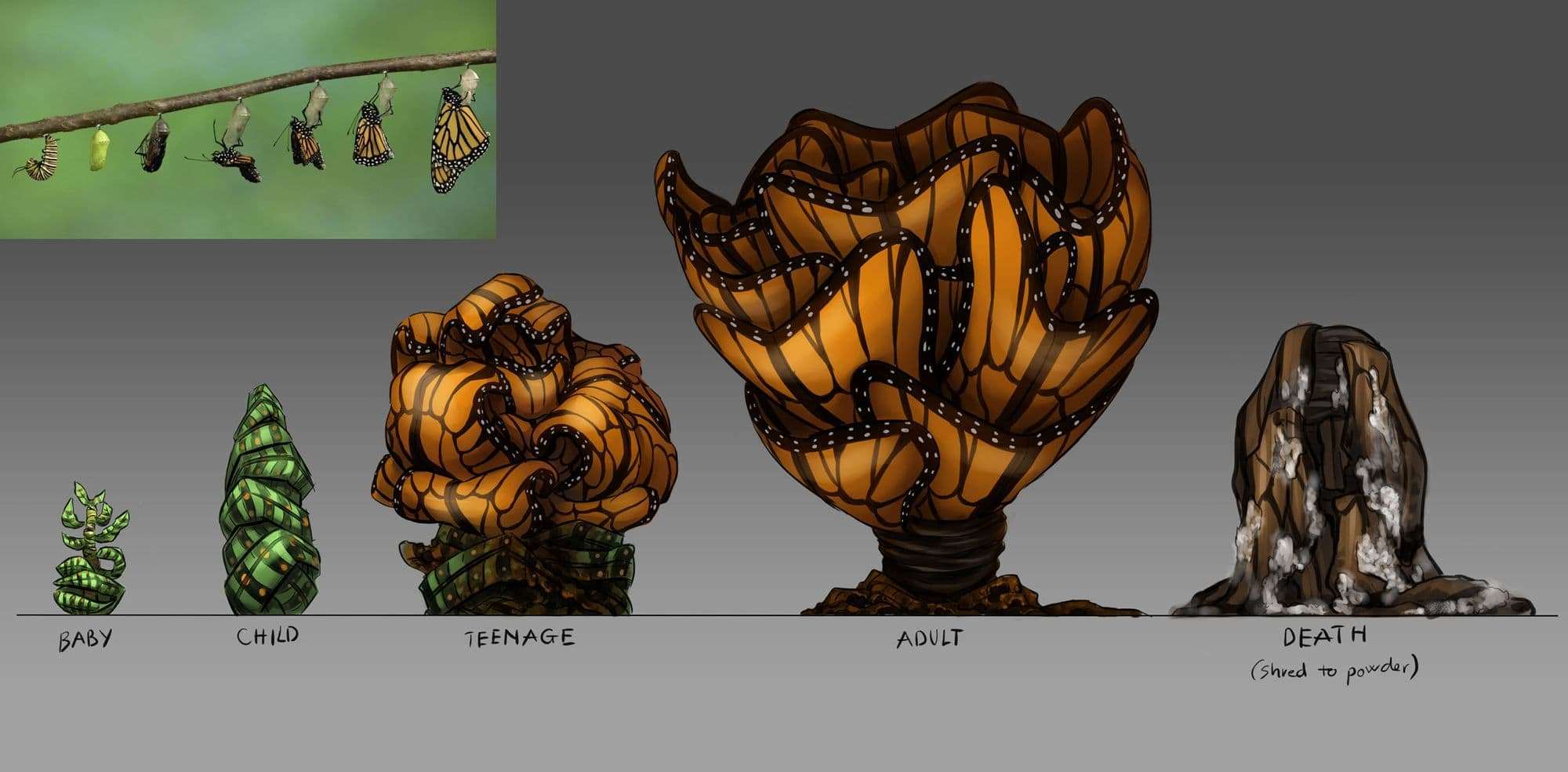
Know your materials
At the render stage, it’s important to know what material you want for your design. The more you accurate you illustrate that material, the more realistic your object will look.
My trick to describe the material and texture of the object based on how the lightning work on them because different material bears different surface and glossiness. So, if your object shines the right way, it will look as made by the material you want.
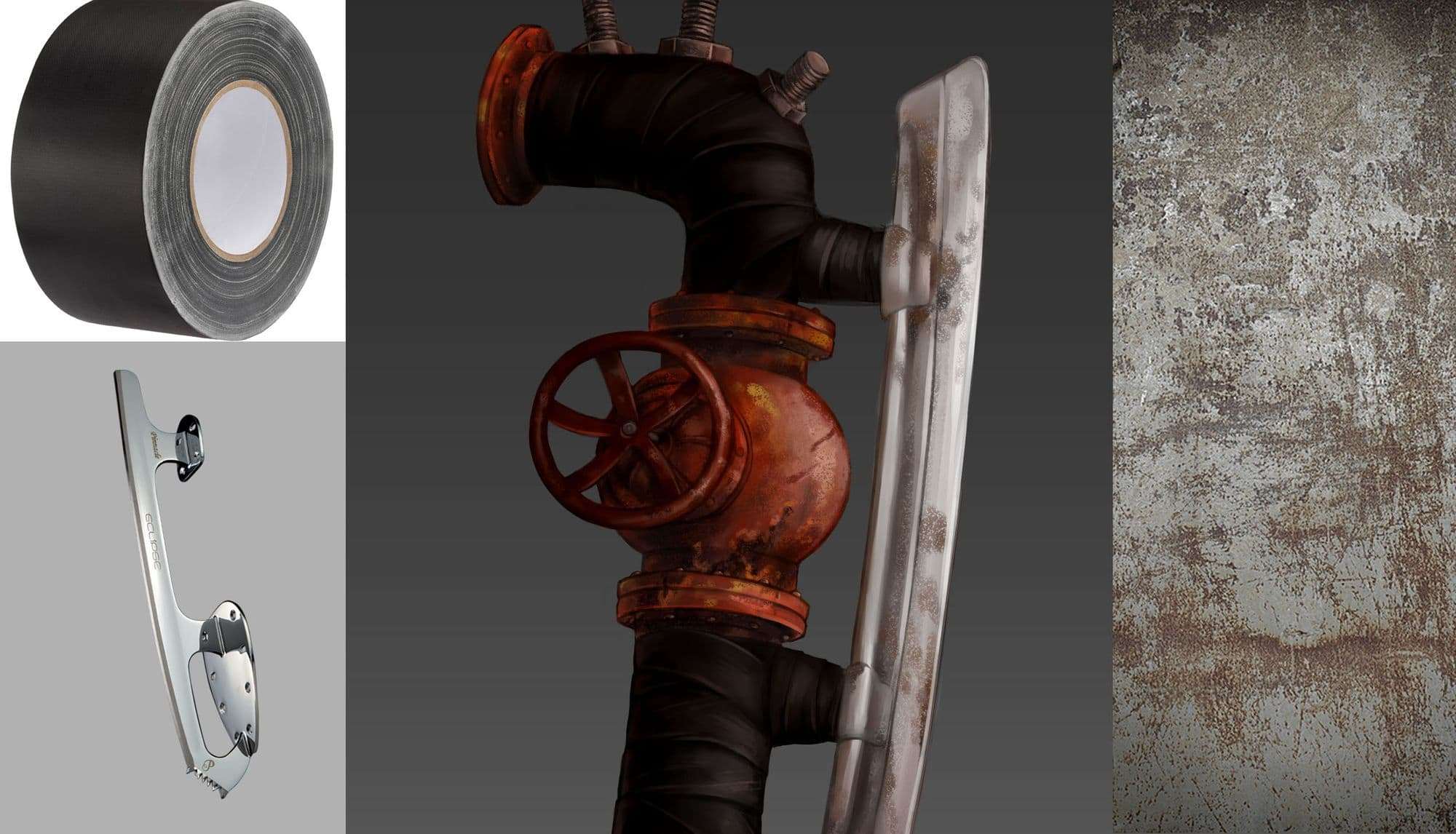
A little knowledge in 3D can help a lot
You just outlined all the proportion of a complex design and want to make a cool rendered art for it, but not so confident when it comes to perspective? It’s a smart choice to learn a 3D program beforehand, some basic steps can already help you make a simple model of your design. There, you can draw it right from any crazy angle.

These tips aren’t much but I hope they would help you in your designing process. Being a newcomer in anything is a challenge itself but you can always get better by practice. After all, the greatest tips you learned are the ones that you really use.
